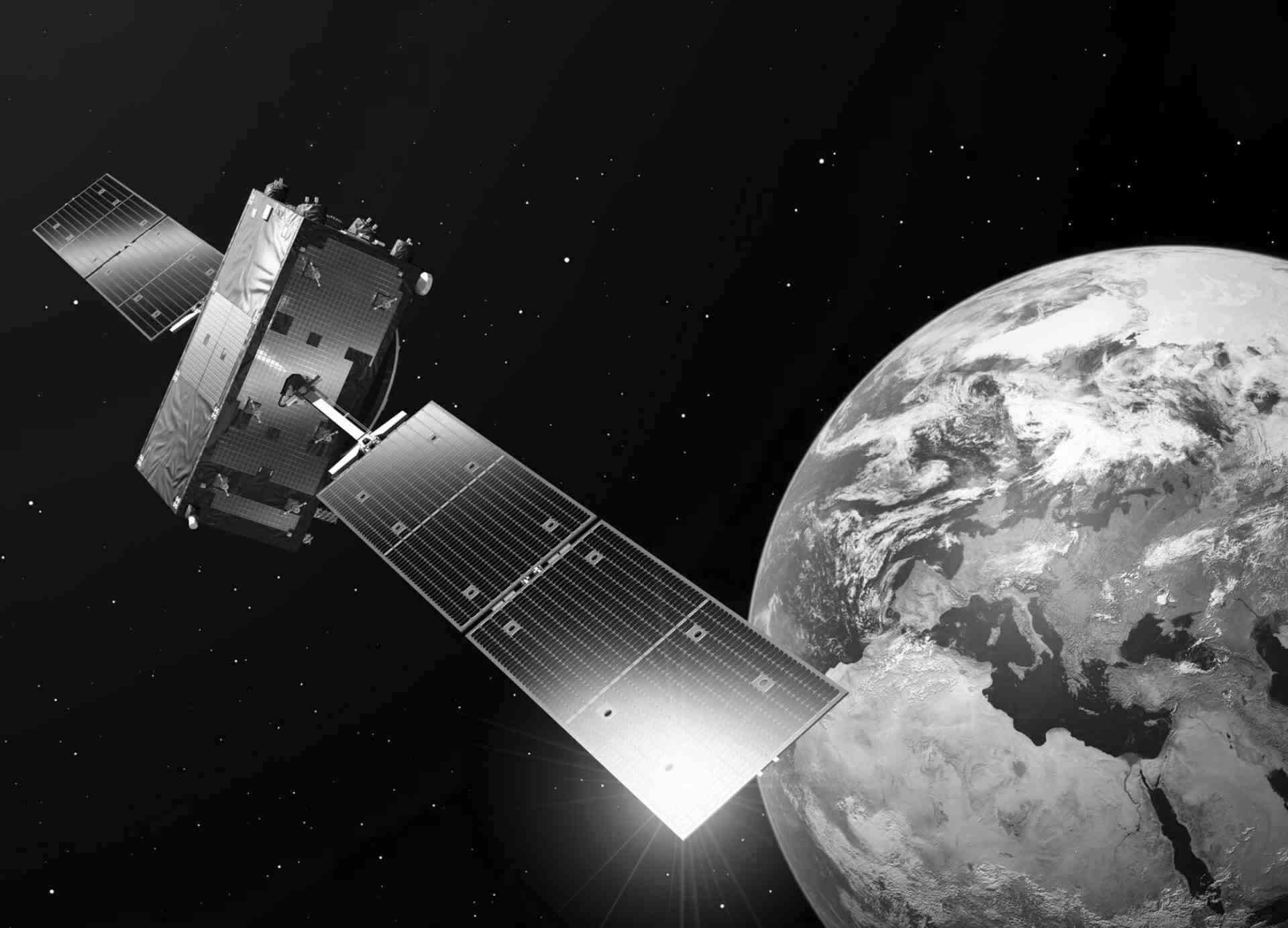CREODIAS for managing Urban Heat Islands
Climate change is considered to be the greatest environmental threat of the 21st century. While the urban climate changes affect the largest number of people, the urban heat island phenomenon and heatwaves are the most dangerous weather extremes. They not only damage the health of residents but also increase the energy consumption. Smart management of urban space using EO data available on CREODIAS platform, such as open and commercial satellite imagery as well as Copernicus products library, makes it possible to reduce the harmful effects of this phenomenon and contribute to improving the quality of life.
Urban Heat Island
The phenomenon of an urban surface heat island (UHI) is an obvious consequence of urban processes and it is associated with the increase of temperature of urbanized areas in relation to undeveloped rural areas. The phenomenon results from city morphology including: building density, radiation balance, width of roads, albedo, surface roughness, anthropogenic heat sources, heat capacity of massive buildings and concrete areas. Even a single building can increase the ambient temperature. The accumulation of concrete buildings and urban infrastructure causes the temperature in the city to rise from 2 to even 8ºC, and in extreme cases, even above 12ºC. In temperate latitudes, the strongest temperature amplitudes are observed on summer nights.
The most important factors contributing to the urban heat island phenomenon are:
- The environmental context of city surroundings
- City size (measured by population)
- City topography
- Water resources
- Urban green areas
- Anthropogenic heat sources
- The occurrence time of the phenomenon
All of the factors can be monitored, measured or estimated by satellite products available on the CREODIAS platform, including data archives dating back to 1984. That repository allows users to analyse changes over time and to find spatial patterns useful in the smart city management. In the Data Offer - CREODIAS users can find data illustrating changes in the structure of urban spaces, changes in land cover in 10m spatial resolution, vegetation condition, the amount of water in nature, surface temperature visualization, a radar imaging of buildings, etc.

Urban Heat Island affects human health and energy consumption
Heatwaves are extremely dangerous especially for people vulnerable to heat: those who suffer from chronic illnesses (for e.g. asthma, heart condition), elderly people, manual workers, children and athletes. Heatwaves are the most dangerous weather extremes that cause more casualties than hurricanes and floods.
Heat waves also increase energy consumption, intensify photochemical smog, and significantly decrease the thermal comfort of urban residents.
This phenomenon affects a significant part of the world. The projected increase of the urban population in the future will further raise both the number of people exposed to UHI and the intensity of the UHI phenomenon.
The main threats to the urban environment are:
- Health hazard for the elders and risk groups
- Higher energy consumption
- Intensification of convective processes
- Increased probability of heavy rainfall and greater exposure of cities to local flooding.
Urban green areas
The easiest and most effective way to reduce the urban heat island phenomenon and cool the urban climate is to introduce urban green areas. Vegetation contributes to the formation of shade, reflects solar radiation, and thanks to evapotranspiration processes, it effectively reduces the temperature in cities. Urban vegetation also contributes to the reduction of air and water pollution, reduces noise and accumulates large amounts of water, creating opportunities to reduce energy consumption.


Solution on CREODIAS
The CREODIAS platform allows users to search and download satellite scenes of the Sentinel and Landsat programmes at no cost, which allows you to analyse the data in order to find the areas most endangered by heat waves and the urban heat island phenomenon. These data are crucial in identifying critical areas for the microclimatic functioning of cities. CREODIAS data repository and cloud computing services enable users to automate processes and calculate large amounts of data and changes over time. The repository includes data acquired for Europe since 1984 and many ready-to-use products that make it possible to manage urban spaces more effectively. These data will help find spatial patterns whose analysis will let us better understand the phenomena occurring in urban space, and consequently, they will help create people friendly cities.
Cooling effect of urban greenery increasing the quality of walks in Barcelona during heatwave in 2021. (photo by Karim Bazzi)
Author: Maciej Jurzyk, Data Scientist, CloudFerro

